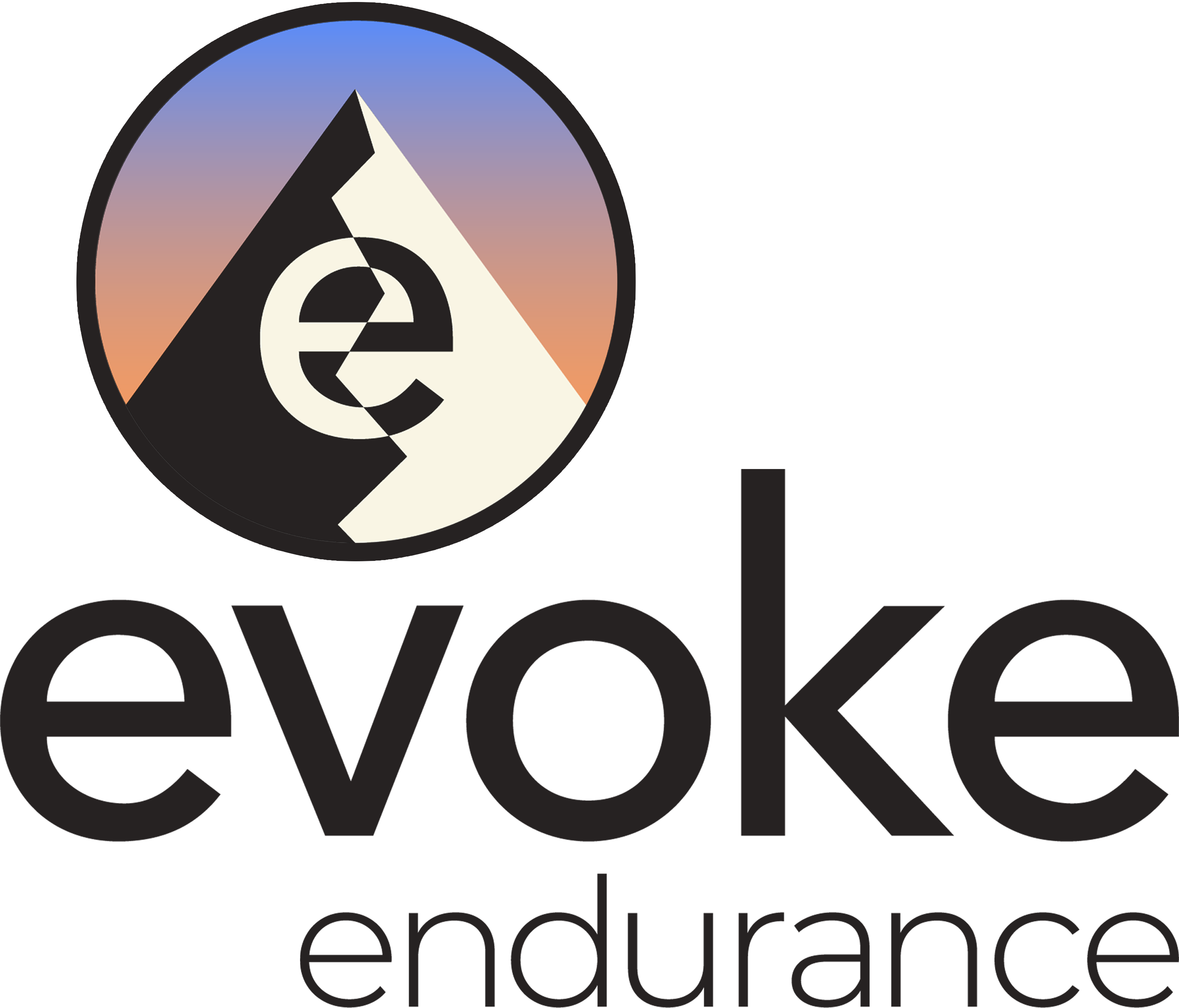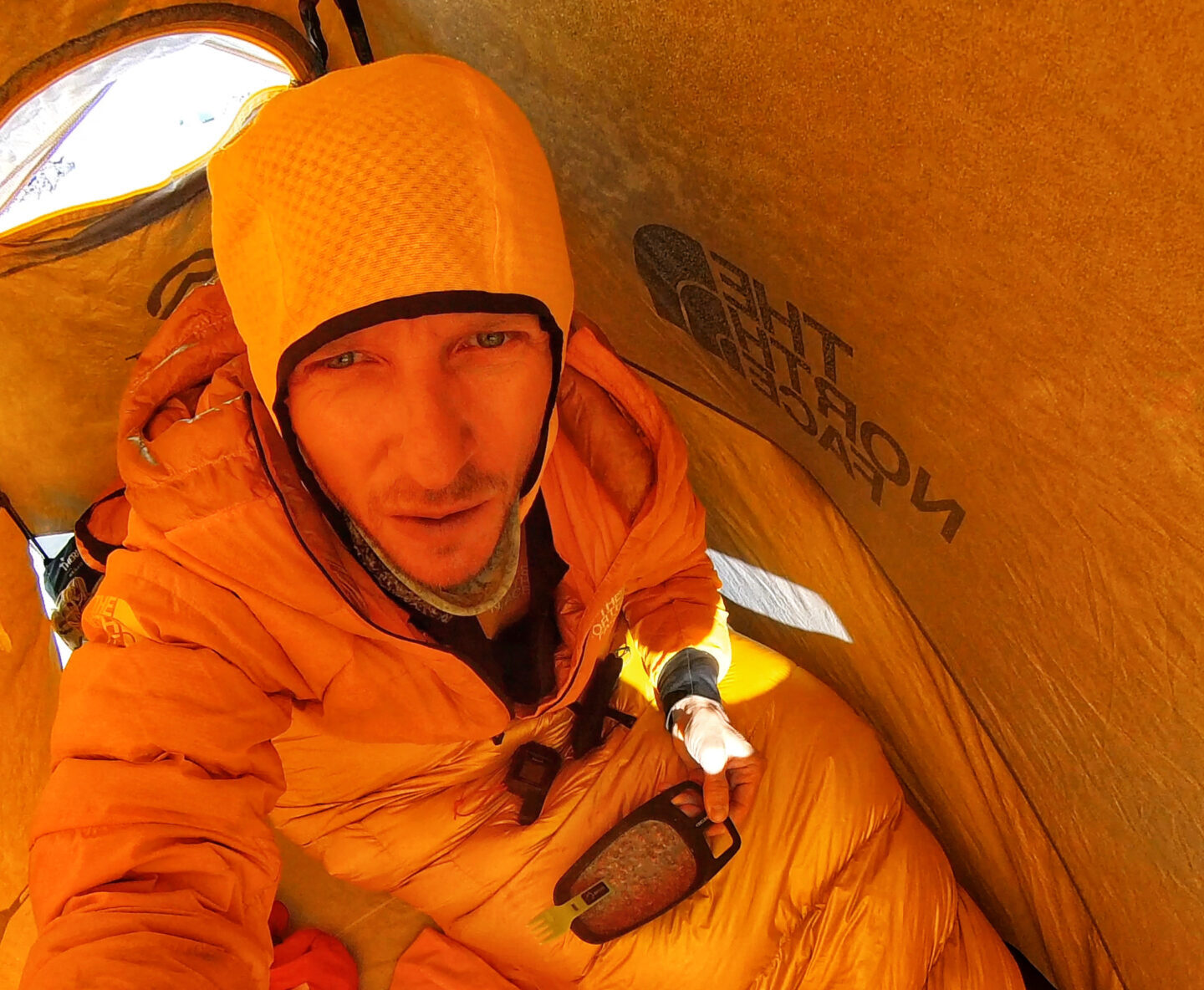Summary by Dr Monica Piris MD, MBChB, Dip Mountain Medicine
Monica has worked as the doctor on expeditions to extreme altitude since 2007. She has been on more than 20 expeditions to the Himalaya including 14 to 8000m peaks and 10 expeditions to Mt Everest. On these trips her work has ranged from monitoring team members’ health throughout the preparatory period and the expedition itself, treating locals and visitors for common illnesses, to treating frostbite and potentially fatal altitude related illnesses and offering diagnostic and therapeutic advice over the radio for unwell climbers being rescued above 8000m. She now works as the expedition doctor for Alpenglow Expeditions, as well as offering remote medical cover for private expeditions. When not on expedition, Monica divides her time between her home life in northern Spain, Chamonix and the U.K where she works part time in hospital Emergency Medicine.
Fun fact – Monica acclimatises really poorly to high altitude despite having spent more than 600 nights of her life above 5000m! She claims that her extensive personal experience of severe AMS helps her to rapidly identify and treat it in those under her care on expedition.
Study Authors: Ginés Viscor, Jordi Corominas and Anna Carceller.
Published in – Int. J. Environ. Res. Public Health 2023, 20(4), 3186; https://doi.org/10.3390/ijerph20043186
Summarizing a good review article is a tricky task because the nature of a review article is to take the best and most pertinent findings from the literature and put them together in the correct context for the authors’ desired focus. So by definition, all of the information included is worthy of being mentioned! Nevertheless, I will try and pick out the best bits from this recent publication for those of you who don’t have time to read the whole thing…hopefully, it will encourage you to read the entire thing!
Basically, the authors have scoured the scientific literature of the last 40 years, looking for good evidence about metabolism at altitude to support nutritional advice for high-altitude athletes. Unsurprisingly, as with so many things pertaining to high altitude, there is not much top-quality evidence because of the logistical difficulties in conducting RCTs on the highest mountains on the planet. However, the authors have chosen the best of what there is and, using their knowledge of the challenges of high-altitude climbing, have made some sensible and valuable recommendations for high-altitude athletes.
I was happy to be reminded of some established facts about the physiological and metabolic changes that happen at altitude:
- VO2max decreases by 1.5-3% every 300mabove 1500m. That means that an acclimatized climber on the summit of Mt Everest will have a VO2max of just 20% of what he or she has at sea level. 20%!
- For extreme high altitude climbers, a high ventilatory efficiency (sustainable breathing that maintains O2sats but limits rate and depth of breathing to the point of maximum efficiency) trumps the ability of highly trained sea-level endurance athletes who are able to respond to a given effort with lower ventilatory rates.
- Basal metabolic rate is increased at altitude (10-28% at 4000-6000m) largely because of the increased work of breathing and thermoregulation.
- Amongst the many changes that happen within the muscles, it is well known that it is almost impossible to avoid some loss of total muscle mass with prolonged stays at high altitude. It is less well known that the total number of muscle fibers doesn’t decrease. It is the size of the individual muscle fibers that decreases, and it is thought that this has a beneficial effect on the ratio of capillaries (carrying oxygen) to muscle fibers per cross-sectional area, thus benefitting oxygen delivery but sacrificing maximal aerobic performance and strength.
- There is the preferential use of carbohydrates as a substrate for energy production at altitude because the energy yield per unit of oxygen used is greater than for fat.
- A high carbohydrate diet that is low in fat has an RQ (respiratory quotient) closer to 1, the net effect of which is a gain in arterial oxygen saturation versus, for example, a high-fat diet with an RQ of 0.7.
- Weight loss is universal and secondary to a negative energy balance. At lower altitudes, fat is lost, but above 5000m, 60-70% of the weight lost comes from fat-free body mass.
Now on to some of the nutritional recommendations
- In the first hours of exposure to hypoxia, the use of exogenous carbohydrates is impaired, so the body digs into its glycogen stores (this reverts to normal with acclimatization). It is, therefore, wise to begin any foray to altitude with optimal glycogen stores.
- Sea level recommendations for CHO (carbohydrate) intake are 8-12g per kg body weight plus 30-70g per hour of exercise, depending on intensity and duration. This is fairly unrealistic at altitude because of lack of appetite, having to carry it, etc., but it should be used as a best-case scenario goal for adequate energy intake.
- It makes sense to try and respect the metabolic window for replenishing glycogen stores after exercise, although this hasn’t been formally studied at altitude.
- At high camps and altitudes above 6000-7000m, energy requirements are tough to meet, but the authors recommend trying dense, small, frequent meals and easy-to-eat snacks.
- When it comes to protein, more is not better at altitude. Why? It has a satiating effect that might limit total calorie intake, and it likely uses extra energy because, during digestion, it has a thermogenic effect. The authors recommend aiming for a minimum of 1.3g/kg of good-quality protein spaced throughout the day, but they recognize this is very hard to achieve.
- If there is likely to be a large and prolonged deficit in protein intake, supplementation with branched-chain amino acids can be considered, but this has not been shown to reduce the loss of muscle mass.
- You need decent iron stores to make new red blood cells, but iron stores take ages to replenish, so check your ferritin levels 4-6 months before an expedition to allow time to supplement if they are low. There is no evidence that supplementing iron is of benefit if pre-expedition ferritin levels are correct. Iron supplementation must be done under the supervision of a doctor, as too much iron is harmful.
- There is no information to support or refute the supplementation of micronutrients or vitamins at altitude.
Hydration
- At moderate altitudes of up to 4000m, it is estimated that water lost solely through increased rate and depth of breathing is up to 1900ml in men and 850ml in women per day! Add an extra 500ml of urinary loss (onto the usual), which results in an extra 1350ml-2400ml of extra fluid loss per day that you barely know you are losing, and of course, this is significantly increased the higher you go.
- The authors recommend adding 0.5-1g of sodium per liter of water for better rehydration as an electrolyte additive, given that glacial meltwater contains no salts at all.
- I am loathe to recommend specific volumes of water intake per day as overconsumption can be as dangerous as underconsumption, and the differences in requirements based on activity, body size, sweat rates, etc., are too great to be useful as a global recommendation.
These are the salient titbits of info that, in my opinion, can be useful to future high-altitude athletes. However, I wholeheartedly recommend reading the complete article and paying particular attention to the tables and figures, which concisely present the information. It is worth remembering that there is very little scientific evidence to support recommendations for high-altitude climbing. Not all interventions are harm-free, so choose the advice you follow with care and ask an expert if in doubt.




